The Croatian Village Where The Land Became ‘Swiss Cheese’
In various parts of the world, earthquakes are fairly common, and they’re a destructive reminder of the power of nature. In the United States, another smaller geological disaster is fairly common too—sinkholes.
But what’s not common is the sudden appearance of 100 sinkholes, and not only has it baffled geologists, but it’s baffled the uneasy residents in Croatia who’ve watched their home village slowly collapse back into the earth.
So, What Is A Sinkhole Exactly?
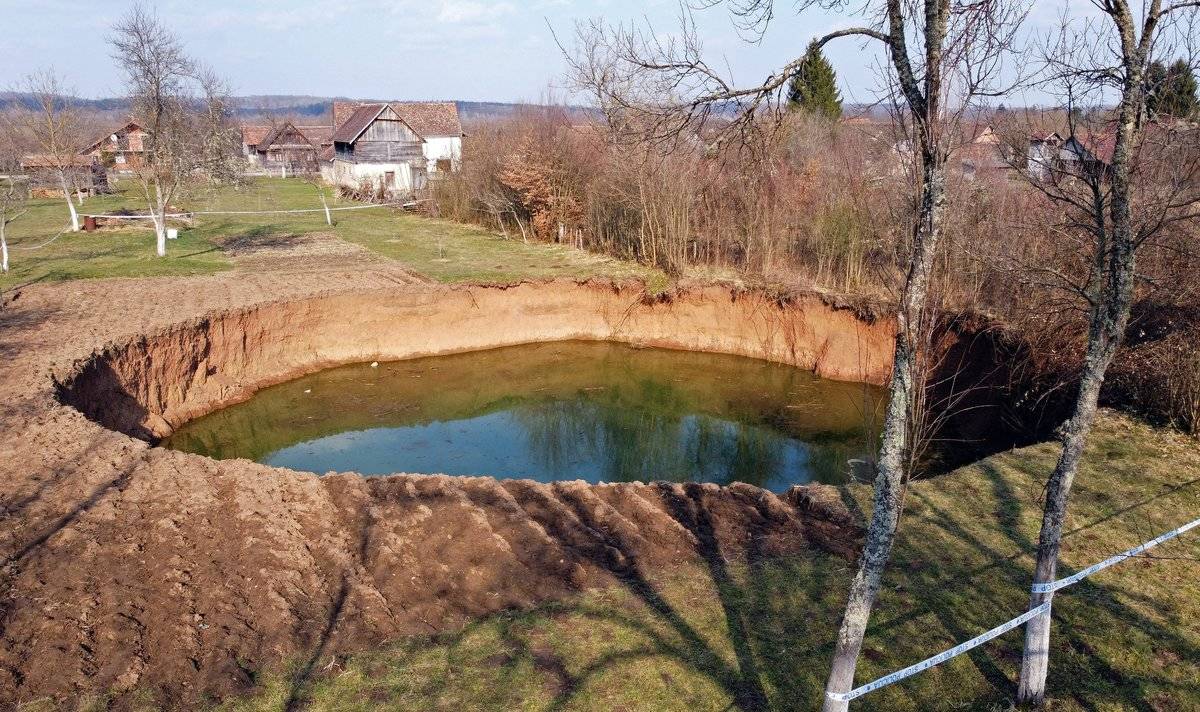
The ground falling away from underneath your feet is a terrifying thought, and during the appearance of a sinkhole, that’s exactly what happens. But what is a sinkhole?
According to the U.S. Geological Survey, sinkholes occur in areas where the rock below land is limestone or a rock easily dissolvable by groundwater. Just like in the foundation of a home, sitting water that’s forced to drain can cause serious damage below the surface. That’s when the real trouble begins.
Caverns Mark A Sinkhole’s Beginning
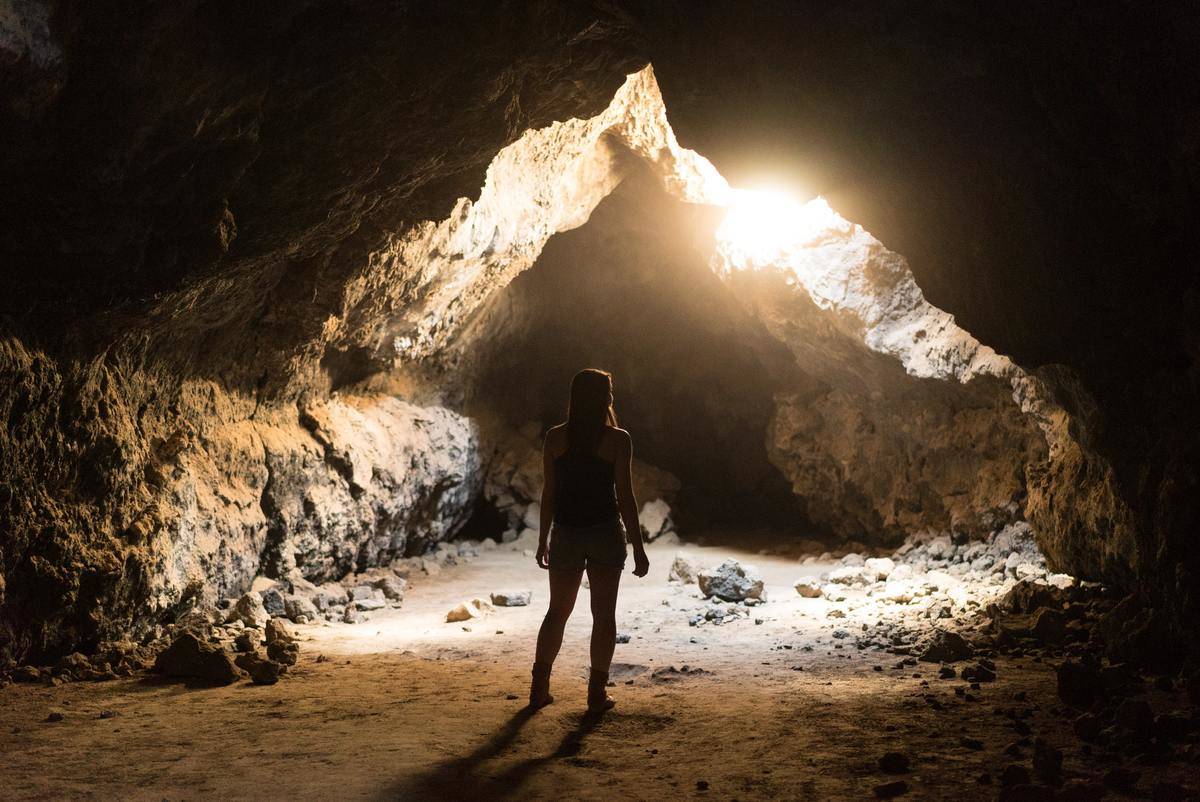
As water drains, it carves paths through soft ricks like limestone and salt beds. These paths eventually buildup and create caverns.
While this seems like a fun problem to have if you’re interested in cave spelunking, these unexpected and oftentimes unstable caverns wreak havoc on the ground above them.
Then Suddenly, The Ground Gives Way
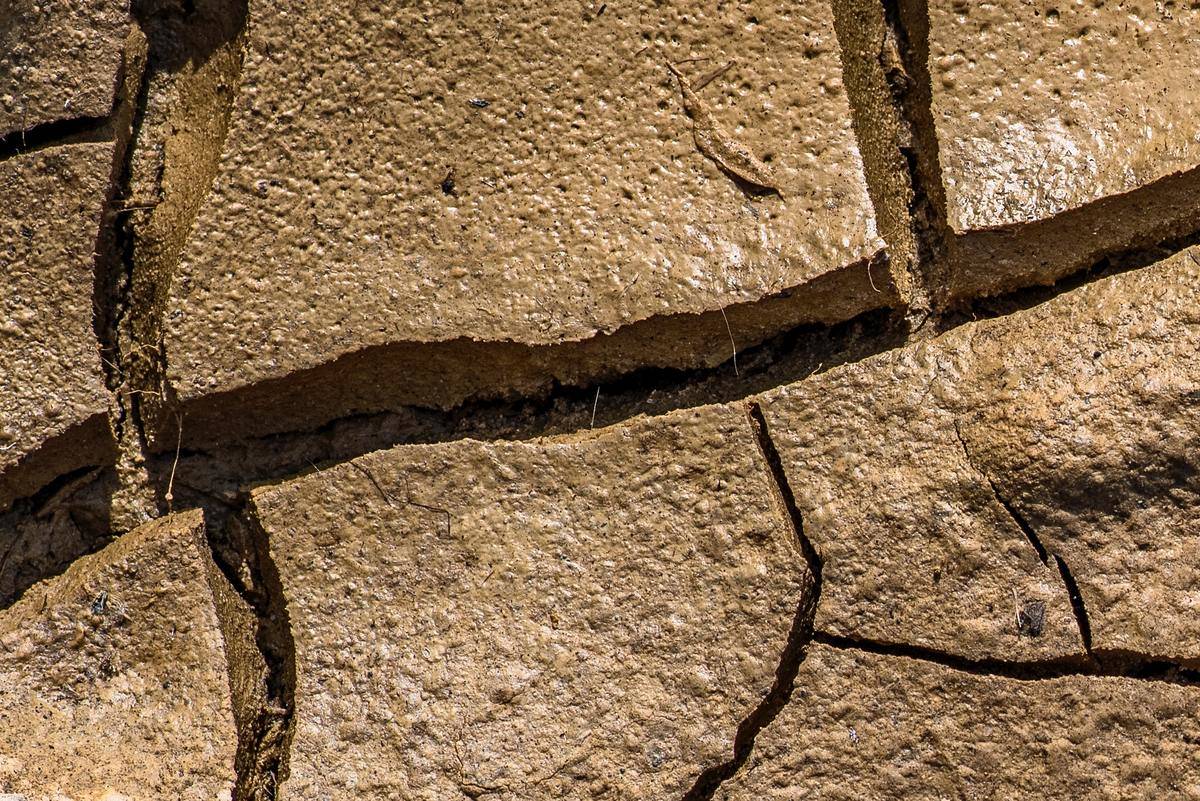
With all of the growing caverns crisscrossing the rocks underneath the ground, soon the ground becomes unstable and can no longer hold its own weight.
All of a sudden, the ground collapses, taking everything that was sitting on top of it with it. You can imagine the damage to a building or road sitting on top of it.
A Sinkhole Is Born
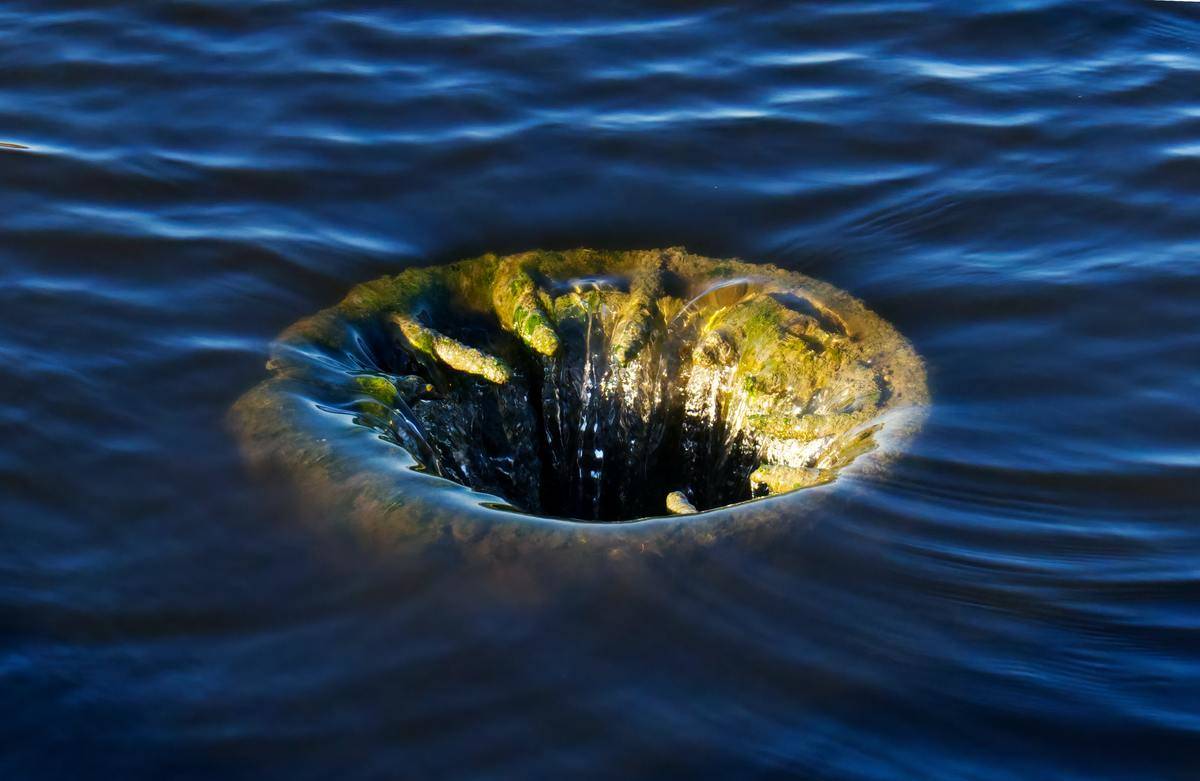
Where seemingly stable ground once sat is now a sinkhole. The wound in the land has taken everything on top of it and deposited onto the waiting caverns below.
While the process of water eroding the soluble rock below the surface can take thousands of years, when the ground gives way it can happen in a matter of minutes.
But Can Sinkholes Be Prevented?
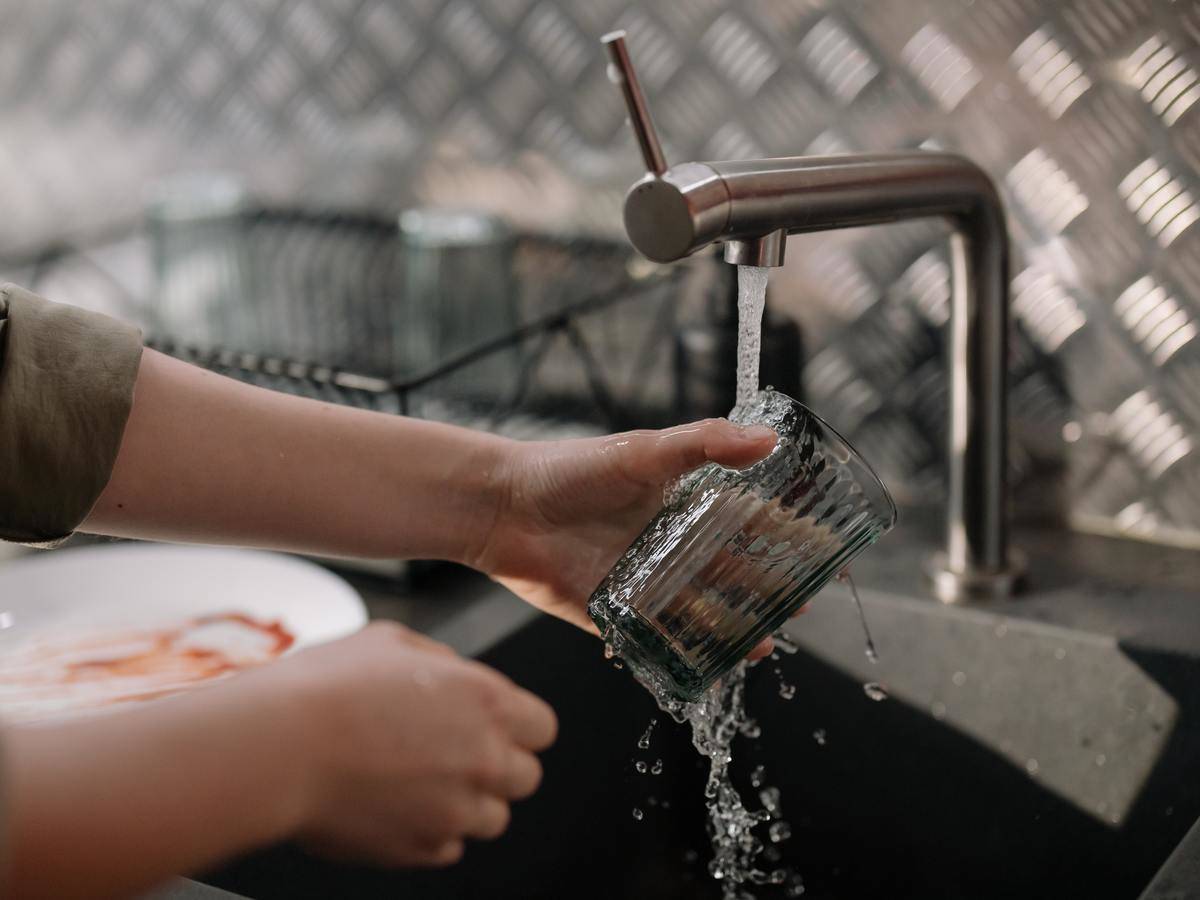
It’s kind of terrifying to think of the ground below us as slowly eroding away, but don’t worry too much. A lot of science goes into understanding how we can prevent sinkholes and the damage they cause.
That’s the case in Florida, where in dry weather conditions, water tables can drop dangerously low in the limestone underneath the ground and can weaken the land. To help prevent sinkholes from forming, water management districts create water conservation rules to keep water tables high.
However, We Can’t Always Stop Nature
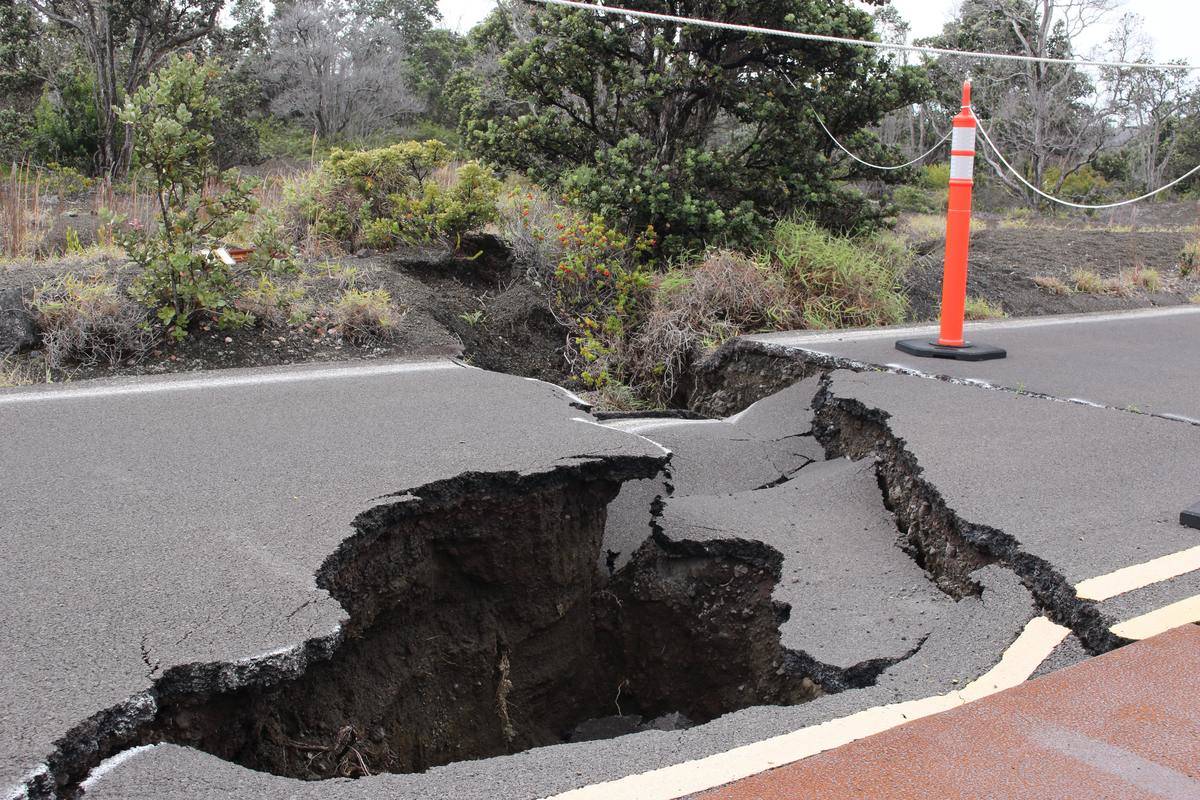
While many man-made triggers for sinkholes are preventable and we can anticipate how these things will unfold, there’s nothing we can do about natural disasters.
That was the case in Croatia, where a strong earthquake triggered a serious of geological events that caused the village of Mečenčani to be plagued by sinkholes.
The Country Of Croatia
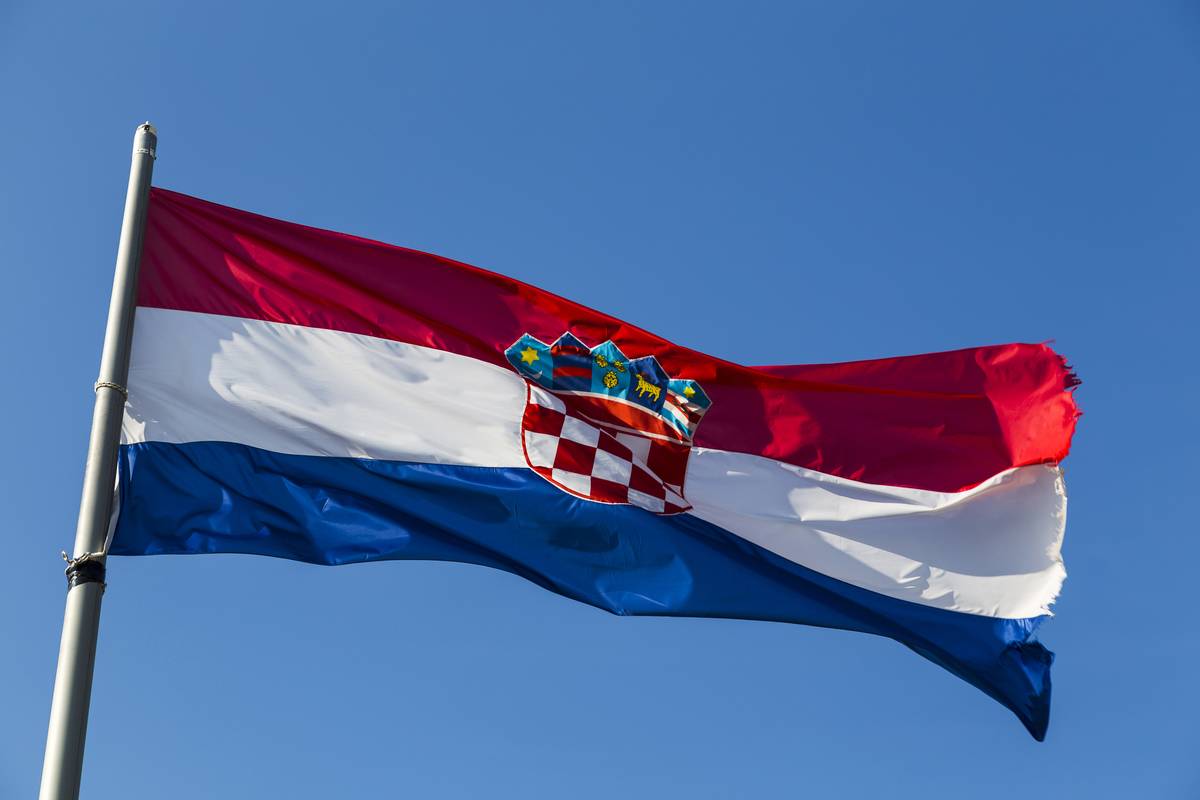
When you think of European countries, you probably think of powerhouse nations such as England, France, or Germany. But have you ever heard of the country of Croatia?
Situated along the Adriatic Sea, the small nation shares a maritime border with Italy and borders several other countries, such as Slovenia, Bosnia and Herzegovina, and Serbia. The nation is home to 4 million people and the capital is Zagreb.
Game Of Thrones
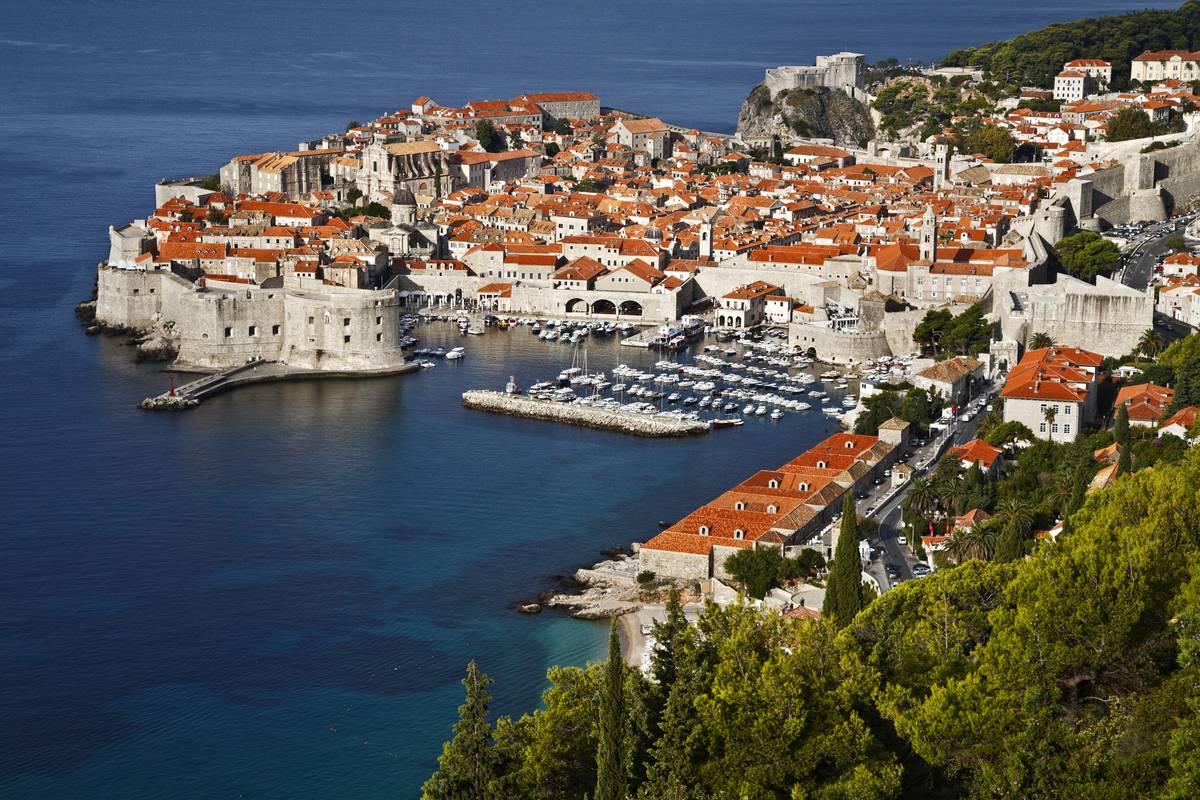
Perhaps you’re unfamiliar with Croatia, but if you’re a fan of the show Game Of Thrones, you’re already aware of the country.
During its eight-season run from 2011-2019, the location of King’s Landing (the capital of Westeros where the Targaryen and Baratheon families ruled from) was actually filmed in the city of Dubrovnik. Needless to say, the location scouts had excellent taste.
Much Ado About Croatia

While the small country was engulfed in numerous conflicts throughout the 20th century, the country prides itself on tourism, universal healthcare, free education, and its passion for soccer (or football).
So what else should you know about Croatia? Well, one of its small villages was swallowed alive by massive sinkholes.
Swallowed By Sinkholes
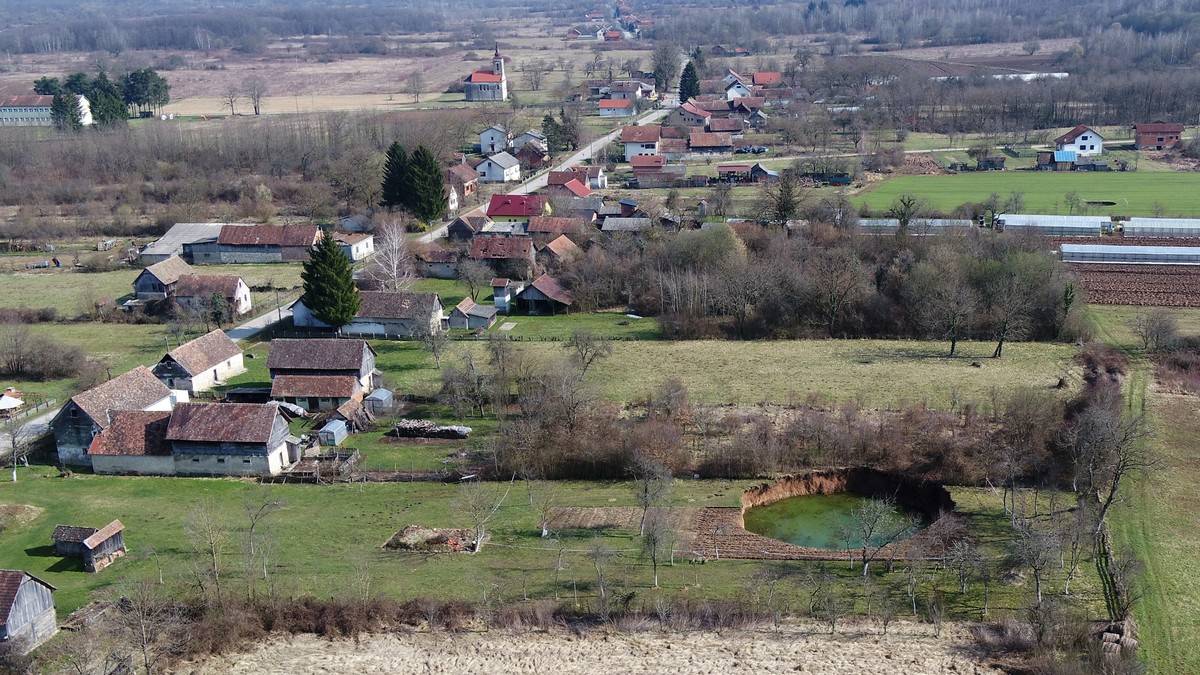
The small northeastern farming villages of Mečenčani and Borojevići have a problem.
In the month that followed a magnitude 6.4 earthquake in late December 2020, which killed seven people and destroyed thousands of homes, the region, southeast of Zagreb, was besieged by the sudden appearance of massive sinkholes, according to BBC News.
What Is An Earthquake?
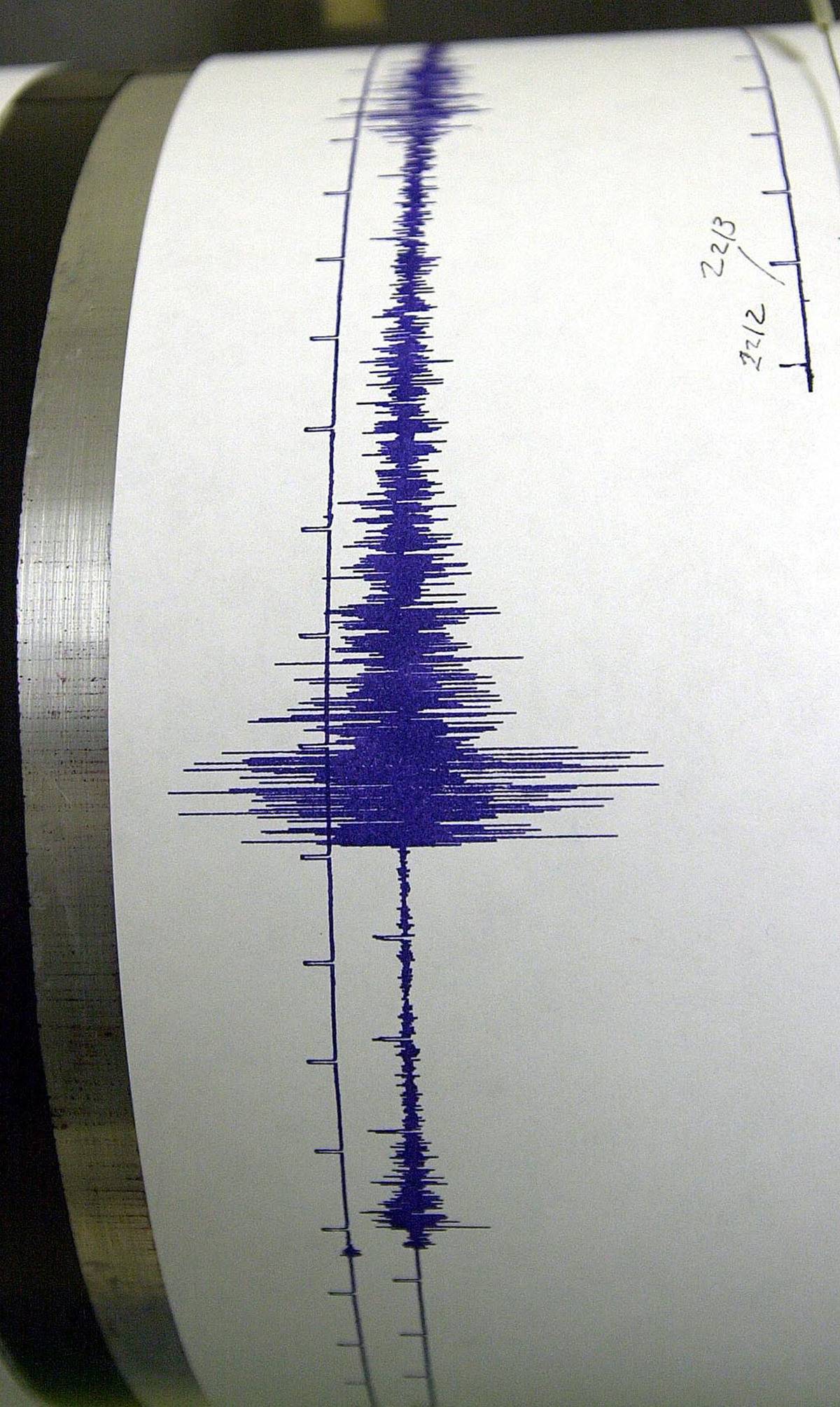
Let’s backtrack a little bit first. Depending on where in the world you live, you may or may not be familiar with earthquakes.
The Earth’s crust is comprised of enormous tectonic plates that are constantly on the move. The area where two or more plates meet is called a “fault,” and earthquakes occur when pressure from these colliding plates is released, which we feel as shaking.
Croatia And Earthquakes
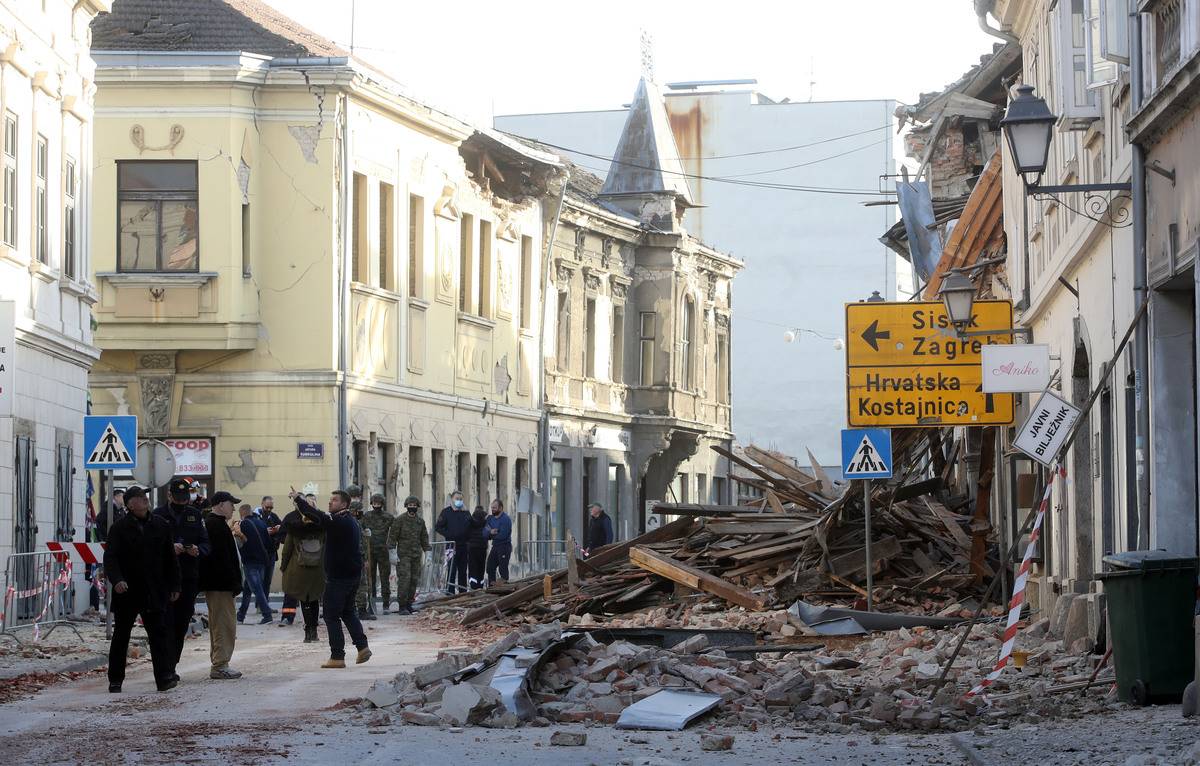
Due to it being situated on the Adriatic and Eurasian tectonic plates, several fault areas exist in Croatia which makes it a fairly seismic-prone area, primarily in the Rijeka, Zagreb, and Petrinja/Sisak regions.
The magnitude 6.4 earthquake that sparked the appearance of the sinkholes in the northeastern villages was in the nearby city of Petrinja.
The Earthquake That Hit Croatia Was The Largest To Hit That Year
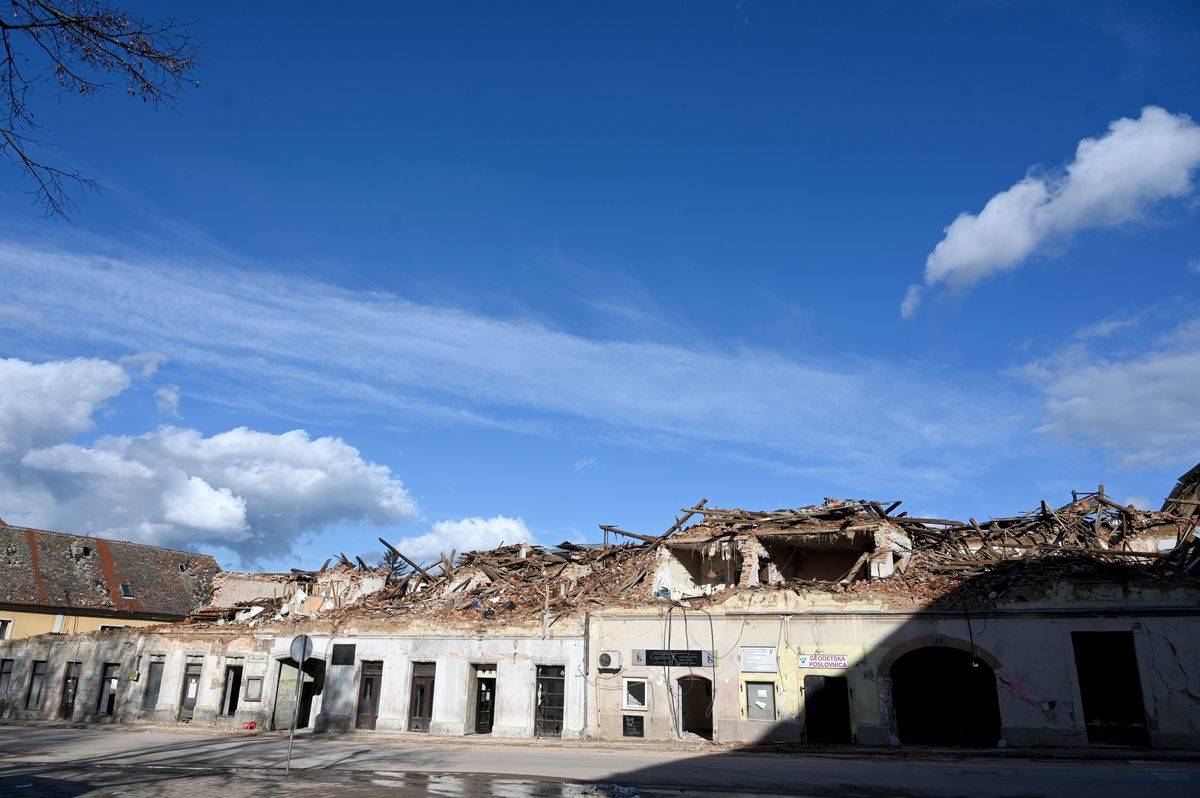
The earthquake that struck near Petrinja was the largest earthquake to strike Croatia that year.
The USGS estimates that the last time an earthquake similar to this magnitude occurred in Croatia was 1880, when one struck near Zagreb.
At Least 7 People Perished
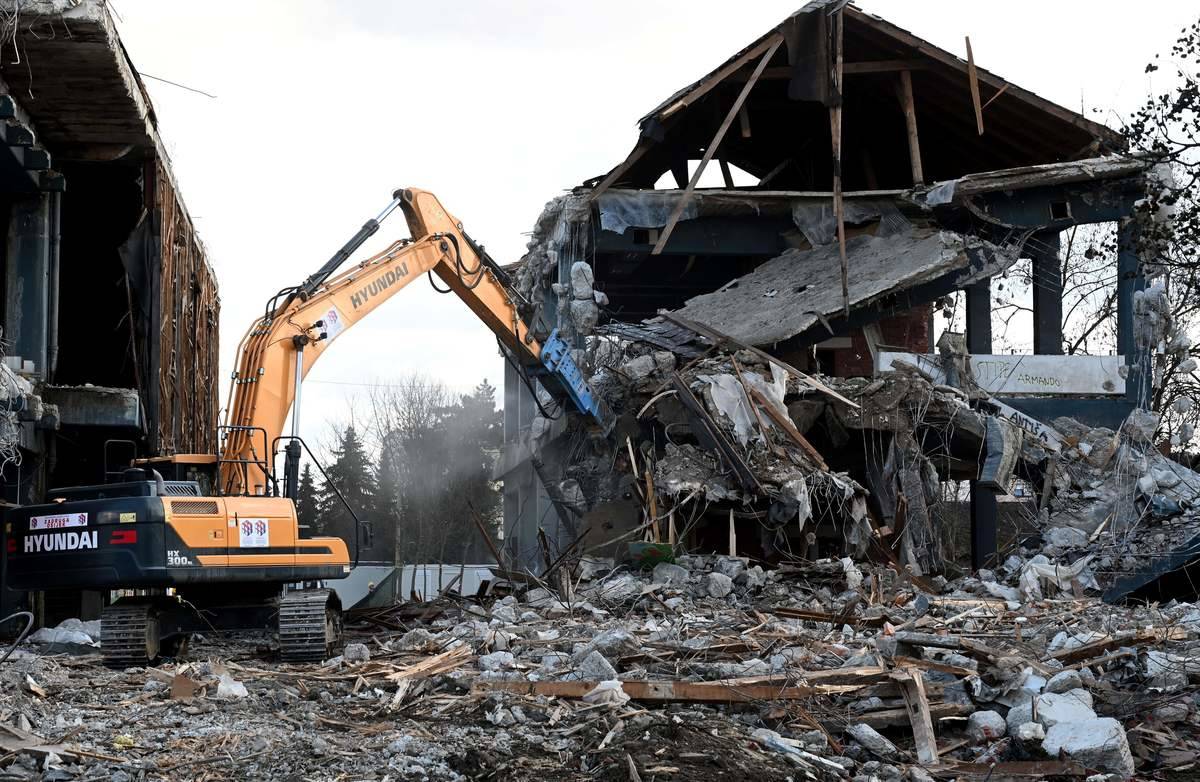
Sadly, experts estimate at least seven people died as a result of the earthquake and injured more than 20 people.
When the rest of the world was celebrating the holiday season, the town of Petrinja and others in the affected areas were mourning their losses.
The Damage Was Widespread
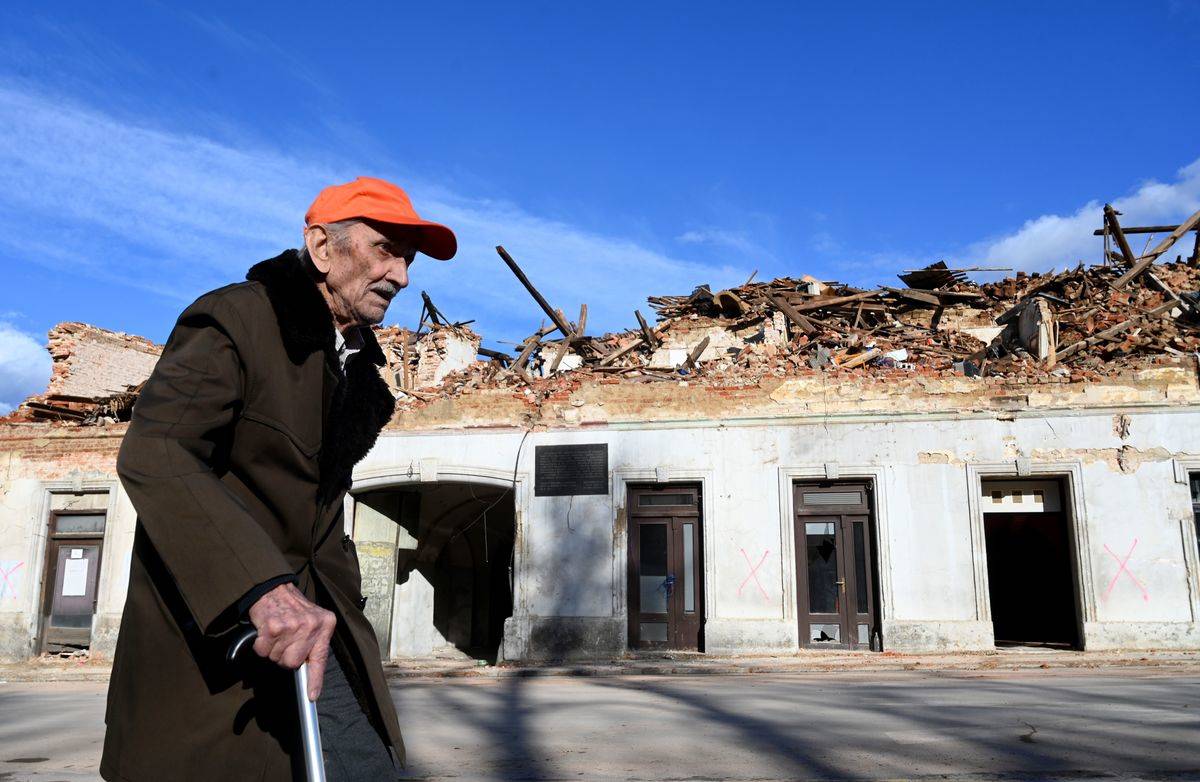
Not only were people killed and injured because of the earthquake, but many structures in the affected towns were reduced down to rubble.
Roughly 25,000 Petrinja residents were affected in some way, with many not having running water or electricity. Little did they know, the earthquake would only be the beginning of their troubles as sinkholes were forming without their knowledge.
The Croatian Sinkholes
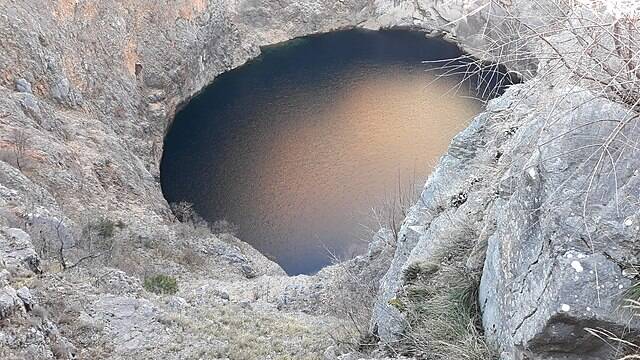
In the case of the Croatian sinkholes, they are known as “cover-collapse sinkholes.” These occur when the rock in an area below the ground is hollowed out over time and the cavities become covered in a thick layer of sand, soil, and clay.
While the appearance of the clay makes the ground appear sturdy on the surface, the ground eventually becomes structurally unstable and collapses into the void below.
Rapidly Multiplying
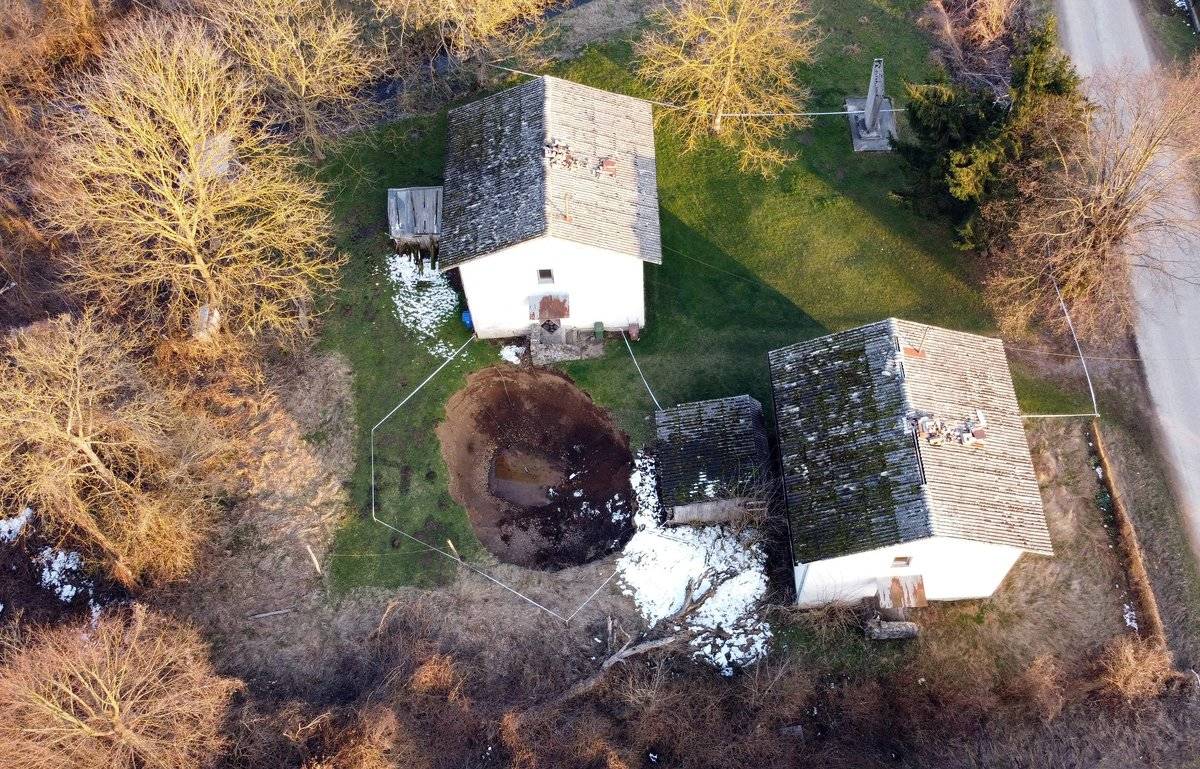
Within one month, 100 sinkholes had appeared throughout an area of only 3.8 square miles, many of which were also filled with water. From in the middle of gardens to outside the front steps of people’s homes, to even under the homes themselves, the sinkholes became a pest that baffled scientists and terrified residents.
The largest sinkhole appeared in a resident’s garden, and it measured 98 feet wide and 49 feet deep.
Baffling Geologists
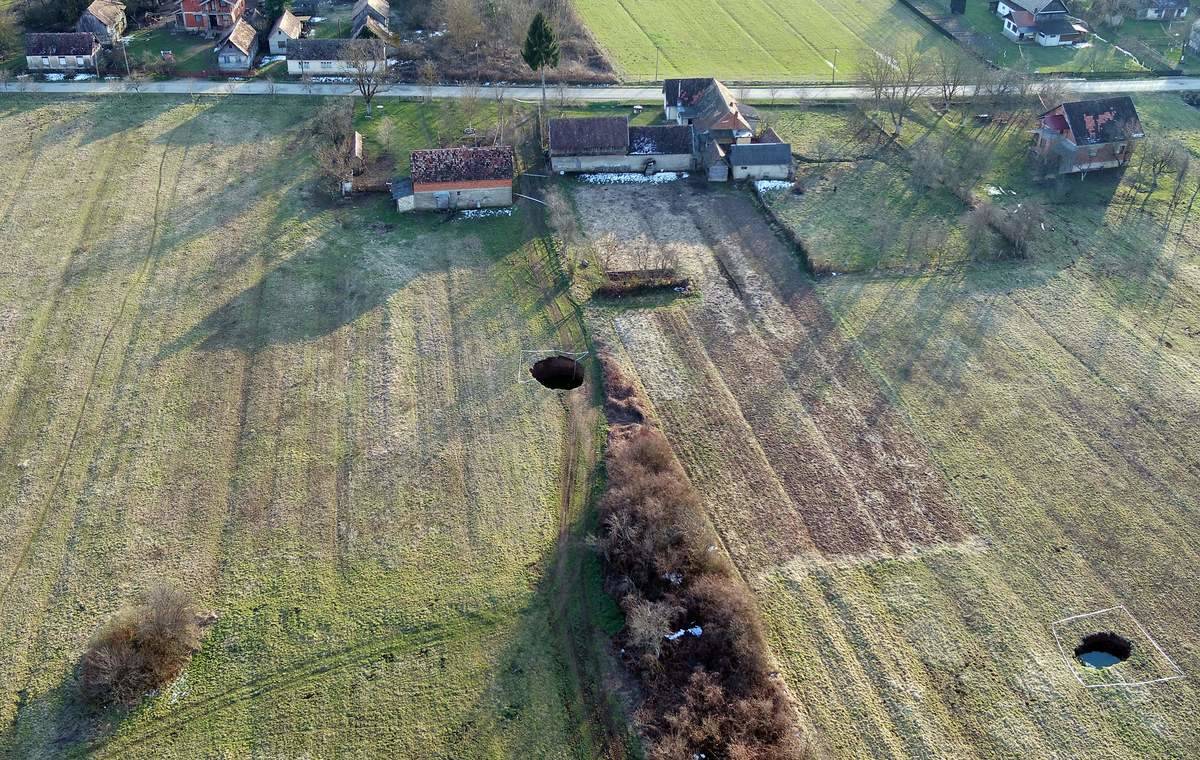
Sinkholes aren’t unusual following strong seismic activity, but the unusual number of large sinkholes that appeared suddenly following the December 2020 earthquake captured the attention of local and foreign geologists.
“Nobody expected the appearance of so many sinkholes,” says seismologist Josip Stipčević from the Department of Geophysics at the Faculty of Science in Zagreb in an interview with BBC News.
What Caused The Croatian Sinkholes?
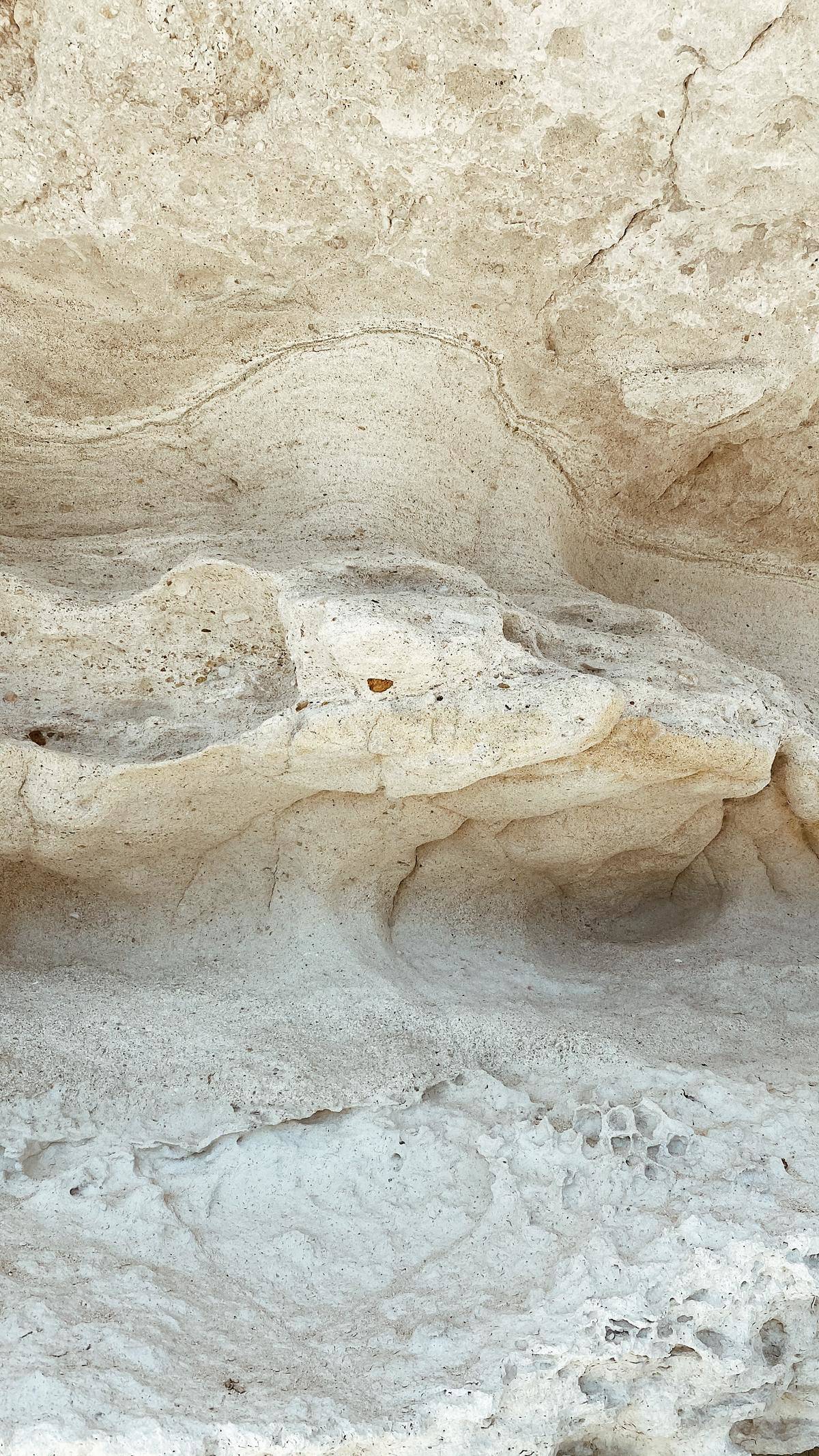
The reasons the sinkholes occurred so suddenly and so numerously are complicated, but it’s been years in the making. After analyzing data, geologists have an answer that was a perfect storm of factors.
The coastal region of Croatia is home to thousands of limestone caves, which are hollow, porous, and young geological formations. Over the course of millions of years, landmasses and water basins in the region changed.
A Perfect Storm

Over time, a layer between 32 and 49 feet thick made up of soil, stones, and clay formed a layer on the porous rock below the villages of Mečenčani and Borojevići. But, the danger was difficult to detect, and while sinkholes did sometimes appear in the area, locals say they were rare.
When the earthquakes occurred, it then set the final piece in motion.
How Earthquakes Played A Part
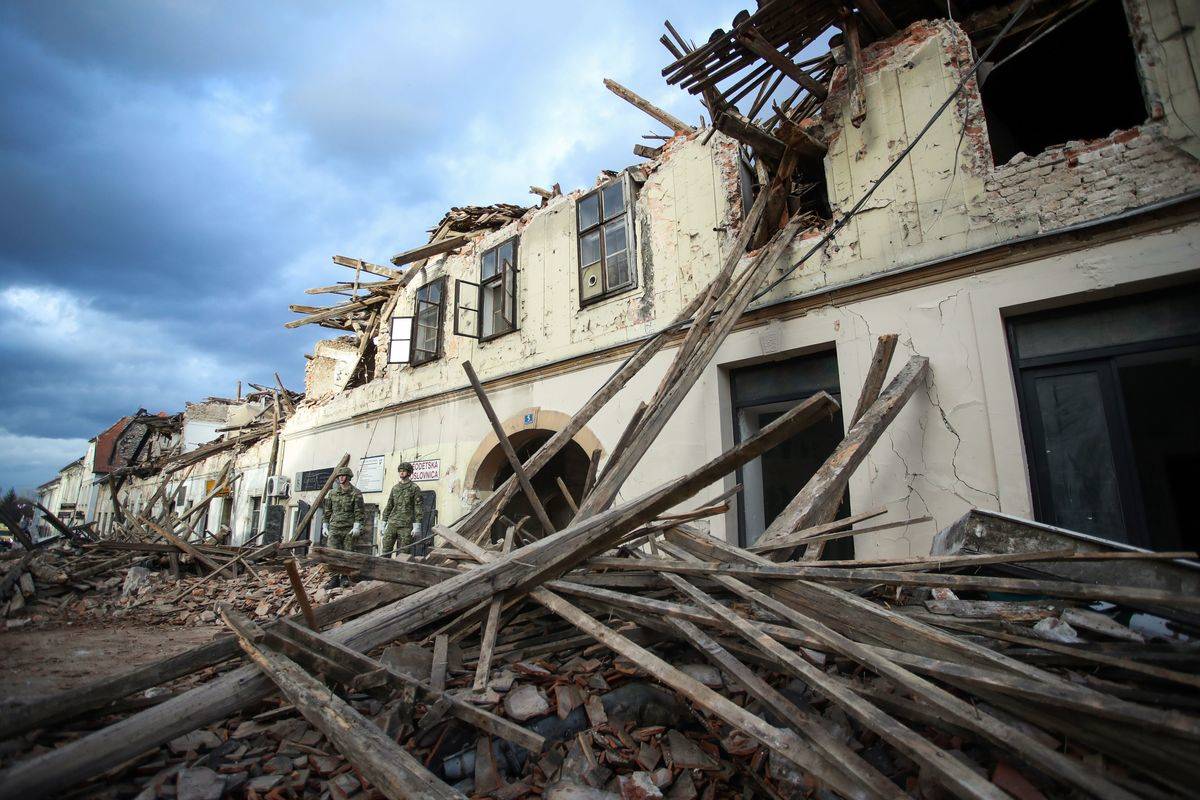
“The earthquakes caused massive dynamic stress to these lands and locations that were already in borderline balance suddenly collapsed,” said Josip Terzić, a hydrogeologist from the Croatian Geological Survey in an interview with BBC News.
The earthquake that struck the region in December 2020 was a 6.4 magnitude on the Richter scale, which is classified as a “strong” quake that can result in moderate damage to structures.
Did Water Potentially Play A Role?
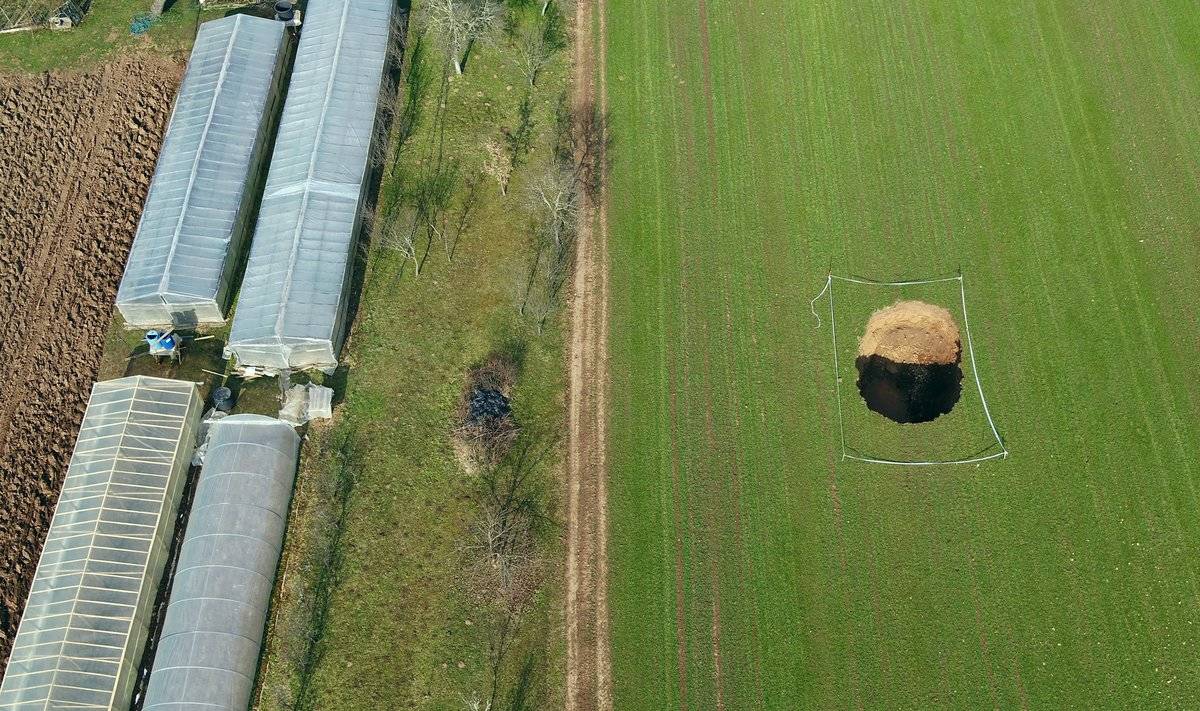
Bruno Tomljenović, a geophysicist at Zagreb University theorized that the earthquake also disrupted the normal flow of underground water, sending it toward the surface where it later accelerated the collapse of surface material. Human activity and aftershocks could have also played a part.
“There is a chance that a few collapsed sinkholes caused additional changes in hydrodynamics, with water searching for new passages and possibly causing more sinkholes,” says Tomljenović in an interview with BBC News.
Worldwide News
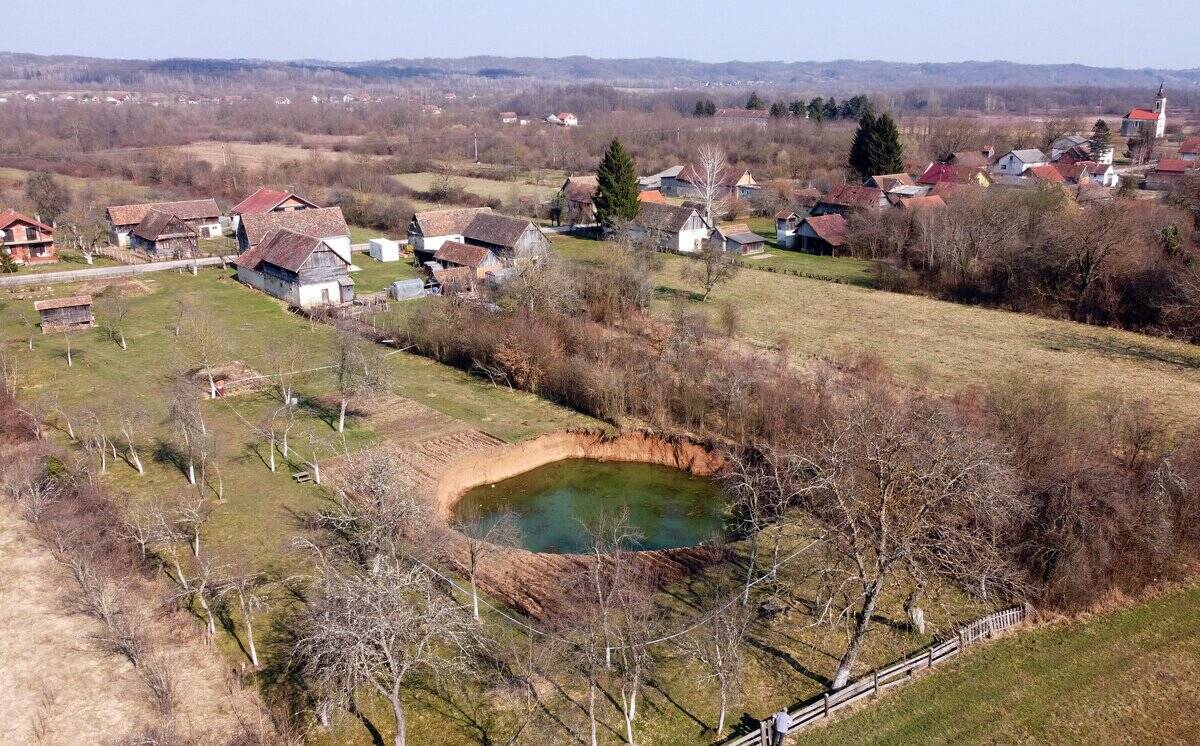
While a normal and natural phenomenon, the onset of the Croatian sinkholes became worldwide news.
From in-depth features on the BBC to user-generated photos shared to the forum Reddit, the sinkholes became a bizarre spectacle. But now, several months later, the sinkholes are again making headlines.
Repairing The Damage
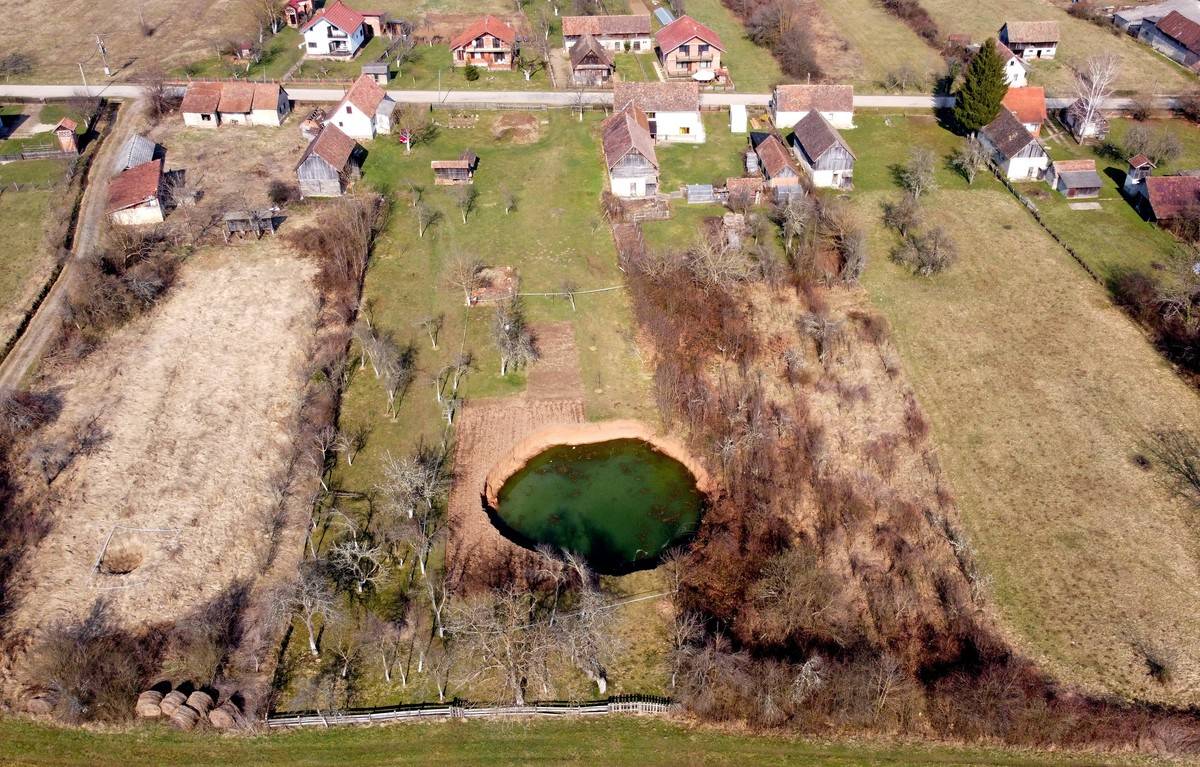
Following many months’ worth of anxiety for local residents, repair on the sinkholes commenced in October 2021. The repairs are being done by Croatia’s government and are expected to last a month and a half, according to Al Jazeera.
But, experts caution that it won’t be an easy or inexpensive feat.
A Caveat Regarding Repairs
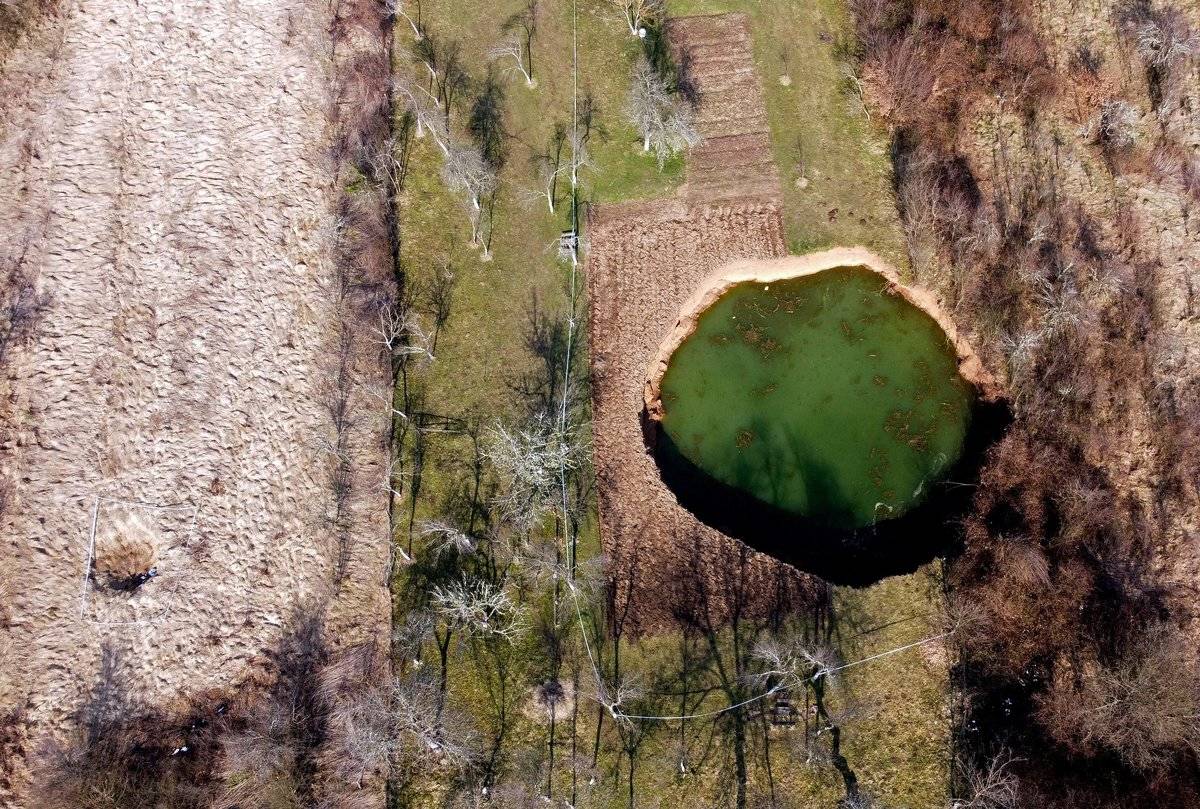
Because the two villages are nearly a communal water supply and private water wells, the material that is chosen to cover the sinkholes is critical. For example, using cement could poison the water supply. According to the BBC, engineers are hoping to use large boulders, smaller stones, and gravel to plug the sinkholes.
Geologists also hope to continue their research and determine which parts of the villages are safe from sinkholes and which are not.
How Much Will The Repairs Cost?
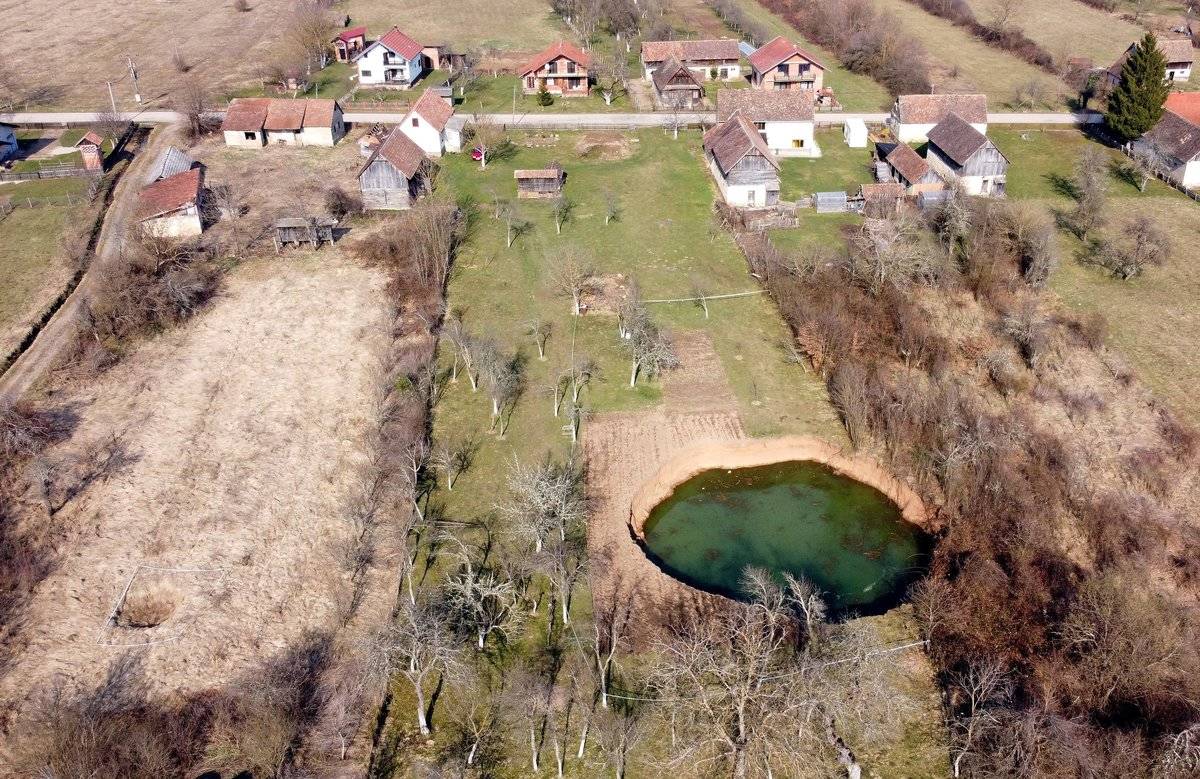
But, this process won’t be cheap. While no one knows quite yet how expensive the repairs of all 100 sinkholes will be, to repair the largest of them, for example, which appeared Nikola Borojević’s garden, will cost approximately $230,000.
In an interview with the BBC, Borojević joked about his predicament saying, “I could turn it into a fishpond.”



